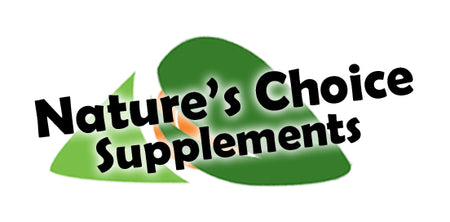The use of Beta Glucan was not fully explored until the 20th century. Today, more and more beta glucan supplements are now available on the market. Let’s explore how beta glucan came to be a popular health wonder.
The Discovery of Beta Glucan
Beta Glucans were initially discovered in Lichens and later in Barley. In 1940, Shear and coworkers came across a substance which they identified as a combination of three polysaccharides with main chains that consisted of d-mannose and d-glucose.
With time, they sort other polysaccharides, and Beta Glucans came about. More investigation into the B-glucans started between the 1960s and 1970s. Keen interest was taken in Beta Glucan after it was realized that it has the potential of lowering cholesterol levels from oat bran in 1981.
The First Line to Beta Glucan’s History
There are two lines through which the history of Beta Glucan can be traced. Each history line has a unique starting point, though they converge at some point.
The first one happened in Europe and the United States. The other one began in Asia, though it primarily happened in Japan. Research on Beta Glucan in Europe and America was done from the knowledge of the immunomodulatory results of zymosan.
Pillemer and Ecker were the first to prepare and investigate zymosan in 1941. Since then, it has been used in several immunological and physiological studies. It is a capable stimulator of alveolar macrophages among others. Zymosan releases cytokines from the human neutrophils.
How Beta Glucan was Identified from Zymosan
Despite the numerous helpful properties of zymosan, it was not clear which component among the three polysaccharides was responsible for the activities. So, zymosan was further examined, and Beta Glucan was later identified to be the component causing the primary effects.
It was then isolated and underwent rigorous tests on its immunology effects. This research was done by Nicholas R. Diluzio in 1980.
The Second Line to Beta Glucan’s History
How B-Glucan arrived in Japan is a little different. According to Asian medicine, the consumption of several medicinal mushrooms such as reishi and maitake is traditional.
There were detailed studies on the biological effects of the mushrooms, especially regarding their anticancer actions. During the research, beta glucans were caused to be a primary source of immunomodulation. Goro Chihara from Kawasaki isolated beta-Glucan.
The Approval of Beta Glucan
The FDA, in 1997, approved the claim that an average intake of glucan, which is 0.3g of oats, could decrease the absorption of cholesterol, thus reducing the risk of contracting heart diseases.
Later, the approved health allegation was amended to include other sources of Beta Glucan such as oat bran, oatmeal, oatrim, barely beta-fiber, whole oat flour and whole grain barley.
For instance, soluble fiber coming from food like oatmeal as a diet with low saturated fats reduces the risk of suffering from heart diseases. To achieve the 3.0g recommended amount of oatmeal, one needs to eat a 0.75g meal of oatmeal daily.
We have discussed how the Beta Glucan miracle came about. To get high-quality beta glucan supplements, check out Nature`s Choice Supplements.
